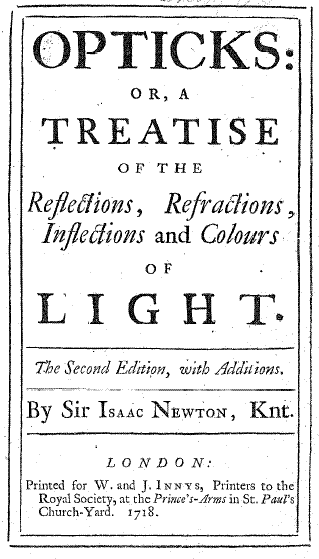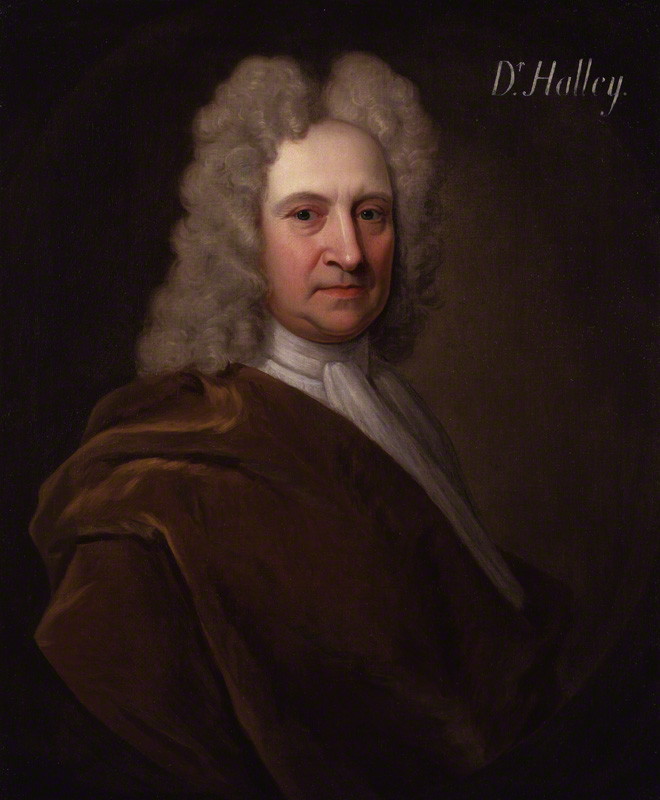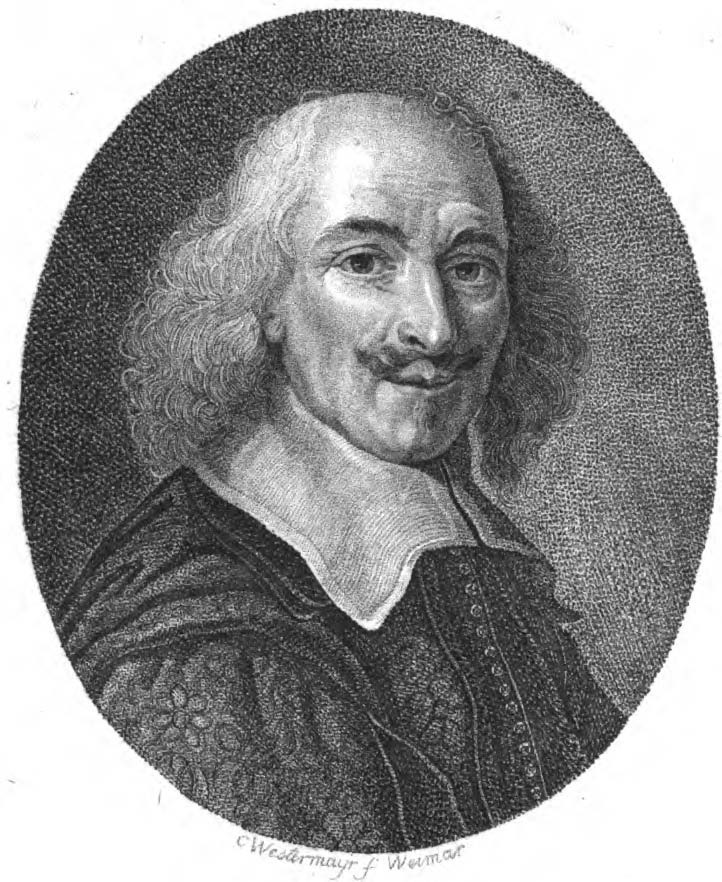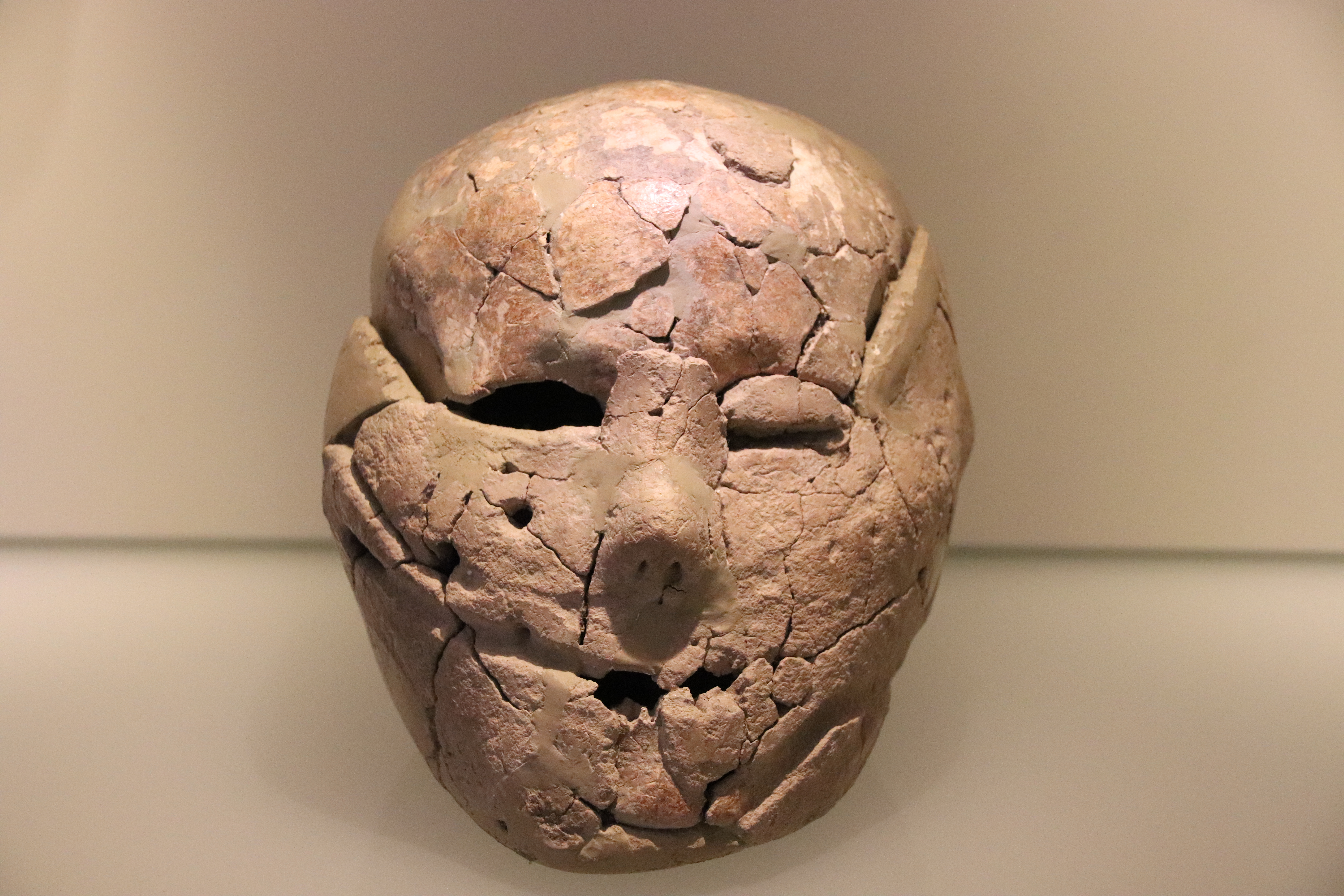|
Geographia Generalis
''Geographia Generalis'' is a seminal work in the field of geography authored by Bernhardus Varenius, first published in 1650. This influential text laid the foundations for modern geographical science and was pivotal in the development of geography as a scientific discipline. Geographer Fred Lukermann described ''Geographia Generalis'' as the division between medieval geography and modern geography. Background Varenius was deeply influenced by the works of classical geographers such as Ptolemy, Claudius Ptolemy and Strabo. Ptolemy's ''Geographia'' was particularly significant, as it provided a framework for mapping the known world using a coordinate system based on latitude and longitude, and the title of ''Geographia Generalis'' intentionally linked it to Ptolemy's text. Varenius aimed to build upon these classical foundations, integrating new discoveries and scientific principles, to create a theoretical foundation. Varenius considered geography to be a cross between science a ... [...More Info...] [...Related Items...] OR: [Wikipedia] [Google] [Baidu] |
Bernhardus Varenius
Bernhardus Varenius (Bernhard Varen) (1622, Hitzacker, Lower Saxony1650) was a German geographer. Life His early years (from 1627) were spent at Uelzen, where his father was court preacher to the duke of Brunswick. Varenius studied at the gymnasium of Hamburg (1640–1642), and at Königsberg (1643–1645) and Leiden (1645–1649) universities, where he devoted himself to mathematics and medicine, taking his medical degree at Leiden in 1649. He then settled at Amsterdam, intending to practice medicine. But the recent discoveries of Abel Tasman, Willem Schouten and other Dutch navigators, and his friendship for Willem Blaeu and other geographers, attracted Varenius to geography. He died in 1650, aged only twenty-eight, a victim to the privations and miseries of a poor scholar's life. This cites: *Breusing, "Lebensnachrichten von Bernhard Varenius" (''Geogr. Mittheil.'', 1880) *H. Blink's paper on Varenius in ''Tijdschr. van het Nederl. Aandrijksk. Genotschap'' (1887) ... [...More Info...] [...Related Items...] OR: [Wikipedia] [Google] [Baidu] |
Spatial Analysis
Spatial analysis or spatial statistics includes any of the formal techniques Technique or techniques may refer to: Music * The Techniques, a Jamaican rocksteady vocal group of the 1960s *Technique (band), a British female synth pop band in the 1990s * ''Technique'' (album), by New Order, 1989 * ''Techniques'' (album), by M ... which studies entities using their topological, geometric, or geographic properties. Spatial analysis includes a variety of techniques, many still in their early development, using different analytic approaches and applied in fields as diverse as astronomy, with its studies of the placement of galaxies in the cosmos, to chip fabrication engineering, with its use of "place and route" algorithms to build complex wiring structures. In a more restricted sense, spatial analysis is the technique applied to structures at the human scale, most notably in the analysis of geographic data or Spatial transcriptomics, transcriptomics data. Complex issues arise in spa ... [...More Info...] [...Related Items...] OR: [Wikipedia] [Google] [Baidu] |
Alexander Von Humboldt
Friedrich Wilhelm Heinrich Alexander von Humboldt (14 September 17696 May 1859) was a German polymath, geographer, naturalist, explorer, and proponent of Romantic philosophy and science. He was the younger brother of the Prussian minister, philosopher, and linguist Wilhelm von Humboldt (1767–1835). Humboldt's quantitative work on botanical geography laid the foundation for the field of biogeography. Humboldt's advocacy of long-term systematic geophysical measurement laid the foundation for modern geomagnetic and meteorological monitoring. Between 1799 and 1804, Humboldt travelled extensively in the Americas, exploring and describing them for the first time from a modern Western scientific point of view. His description of the journey was written up and published in several volumes over 21 years. Humboldt was one of the first people to propose that the lands bordering the Atlantic Ocean were once joined (South America and Africa in particular). Humboldt resurrected t ... [...More Info...] [...Related Items...] OR: [Wikipedia] [Google] [Baidu] |
Peter Shaw (physician)
Peter Shaw (1694 – 15 March 1763) was an English physician and medical author. Life Shaw was the son of Robert Shaw, A.M., master of the grammar school at Lichfield. After passing some years of professional life at Scarborough, he was practising physic in London in 1726, apparently without a degree or the licence of the Royal College of Physicians, but did not permanently settle there until some years later. On 25 June 1740, he was admitted a licentiate of the College of Physicians, being then a doctor of medicine, but of what university is not recorded. In London, he attained popularity as a physician. He was patronised by Sir Edward Hulse, one of the court physicians, at that point gradually withdrawing from practice. He was admitted a candidate at the College of Physicians on 16 April 1753, and was made a fellow on 8 April of the following year. In 1752, he was appointed physician-extraordinary to George II, and the same year was created doctor of medicine at Cambridge by ... [...More Info...] [...Related Items...] OR: [Wikipedia] [Google] [Baidu] |
Cartesianism
Cartesianism is the philosophical and scientific system of René Descartes and its subsequent development by other seventeenth century thinkers, most notably François Poullain de la Barre, Nicolas Malebranche and Baruch Spinoza. Descartes is often regarded as the first thinker to emphasize the use of reason to develop the natural sciences. For him, philosophy was a thinking system that embodied all knowledge. Aristotle and St. Augustine’s work influenced Descartes's cogito argument. Additionally, there is similarity between Descartes’s work and that of the Scottish philosopher, George Campbell’s 1776 publication, titled ''Philosophy of Rhetoric.'' In his ''Meditations on First Philosophy'' he writes, " t what then am I? A thing which thinks. What is a thing which thinks? It is a thing which doubts, understands, onceives affirms, denies, wills, refuses, which also imagines and feels." Cartesians view the mind as being wholly separate from the corporeal body. Sensat ... [...More Info...] [...Related Items...] OR: [Wikipedia] [Google] [Baidu] |
Newtonianism
Newtonianism is a philosophical and scientific doctrine inspired by the beliefs and methods of natural philosopher Isaac Newton. While Newton's influential contributions were primarily in physics and mathematics, his broad conception of the universe as being governed by rational and understandable laws laid the foundation for many strands of Enlightenment thought. Newtonianism became an influential intellectual program that applied Newton's principles in many avenues of inquiry, laying the groundwork for modern science (both the natural and social sciences), in addition to influencing philosophy, political thought and theology. Background Newton's ''Principia Mathematica'', published by the Royal Society in 1687 but not available widely and in English until after his death, is the text generally cited as revolutionary or otherwise radical in the development of science. The three books of ''Principia'', considered a seminal text in mathematics and physics, are notable for their ... [...More Info...] [...Related Items...] OR: [Wikipedia] [Google] [Baidu] |
Roger Cotes
Roger Cotes (10 July 1682 – 5 June 1716) was an English mathematician, known for working closely with Isaac Newton by proofreading the second edition of his famous book, the '' Principia'', before publication. He also invented the quadrature formulas known as Newton–Cotes formulas, and made a geometric argument that can be interpreted as a logarithmic version of Euler's formula. He was the first Plumian Professor at Cambridge University from 1707 until his death. Early life Cotes was born in Burbage, Leicestershire. His parents were Robert, the rector of Burbage, and his wife, Grace, ''née'' Farmer. Roger had an elder brother, Anthony (born 1681), and a younger sister, Susanna (born 1683), both of whom died young. At first Roger attended Leicester School, where his mathematical talent was recognised. His aunt Hannah had married Rev. John Smith, and Smith took on the role of tutor to encourage Roger's talent. The Smiths' son, Robert Smith, became a close associate of Rog ... [...More Info...] [...Related Items...] OR: [Wikipedia] [Google] [Baidu] |
Edmond Halley
Edmond (or Edmund) Halley (; – ) was an English astronomer, mathematician and physicist. He was the second Astronomer Royal in Britain, succeeding John Flamsteed in 1720. From an observatory he constructed on Saint Helena in 1676–77, Halley catalogued the southern celestial hemisphere and recorded a transit of Mercury across the Sun. He realised that a similar transit of Venus could be used to determine the distances between Earth, Venus, and the Sun. Upon his return to England, he was made a fellow of the Royal Society, and with the help of King Charles II of England, Charles II, was granted a master's degree from University of Oxford, Oxford. Halley encouraged and helped fund the publication of Isaac Newton's influential ''Philosophiæ Naturalis Principia Mathematica'' (1687). From observations Halley made in September 1682, he used Newton's laws of motion to compute the periodicity of Halley's Comet in his 1705 ''Synopsis of the Astronomy of Comets''. It was named afte ... [...More Info...] [...Related Items...] OR: [Wikipedia] [Google] [Baidu] |
Nicolas Sanson
Nicolas Sanson (20 December 1600 – 7 July 1667) was a French cartographer who served under two kings in matters of geography. He has been called the "father of French cartography." Life and work He was born of an old Picard family of Scottish descent, at Abbeville, on 20 (or 31) December 1600, and was educated by the Jesuits at Amiens. In 1627 he attracted the attention of Richelieu by a map of Gaul which he had constructed (or at least begun) while only eighteen. Sanson was royal geographer. He gave lessons in geography both to Louis XIII and to Louis XIV; and when Louis XIII, it is said, came to Abbeville, he preferred to be the guest of Sanson (then employed on the fortifications), instead of occupying the lodgings provided by the town. At the conclusion of this visit the king made Sanson a councillor of state. Active from 1627, Sanson issued his first map of importance, the "Postes de France", which was published by Melchior Tavernier in 1632. After publishing ... [...More Info...] [...Related Items...] OR: [Wikipedia] [Google] [Baidu] |
Cambridge
Cambridge ( ) is a university city and the county town in Cambridgeshire, England. It is located on the River Cam approximately north of London. As of the 2021 United Kingdom census, the population of Cambridge was 145,700. Cambridge became an important trading centre during the Roman and Viking ages, and there is archaeological evidence of settlement in the area as early as the Bronze Age. The first town charters were granted in the 12th century, although modern city status was not officially conferred until 1951. The city is most famous as the home of the University of Cambridge, which was founded in 1209 and consistently ranks among the best universities in the world. The buildings of the university include King's College Chapel, Cavendish Laboratory, and the Cambridge University Library, one of the largest legal deposit libraries in the world. The city's skyline is dominated by several college buildings, along with the spire of the Our Lady and the English Marty ... [...More Info...] [...Related Items...] OR: [Wikipedia] [Google] [Baidu] |
Portrait Of Sir Isaac Newton, 1689 (brightened)
A portrait is a painting, photograph, sculpture, or other artistic representation of a person, in which the face and its expressions are predominant. The intent is to display the likeness, personality, and even the mood of the person. For this reason, in photography a portrait is generally not a snapshot, but a composed image of a person in a still position. A portrait often shows a person looking directly at the painter or photographer, in order to most successfully engage the subject with the viewer. History Prehistorical portraiture Plastered human skulls were reconstructed human skulls that were made in the ancient Levant between 9000 and 6000 BC in the Pre-Pottery Neolithic B period. They represent some of the oldest forms of art in the Middle East and demonstrate that the prehistoric population took great care in burying their ancestors below their homes. The skulls denote some of the earliest sculptural examples of portraiture in the history of art. Historical portraitur ... [...More Info...] [...Related Items...] OR: [Wikipedia] [Google] [Baidu] |







